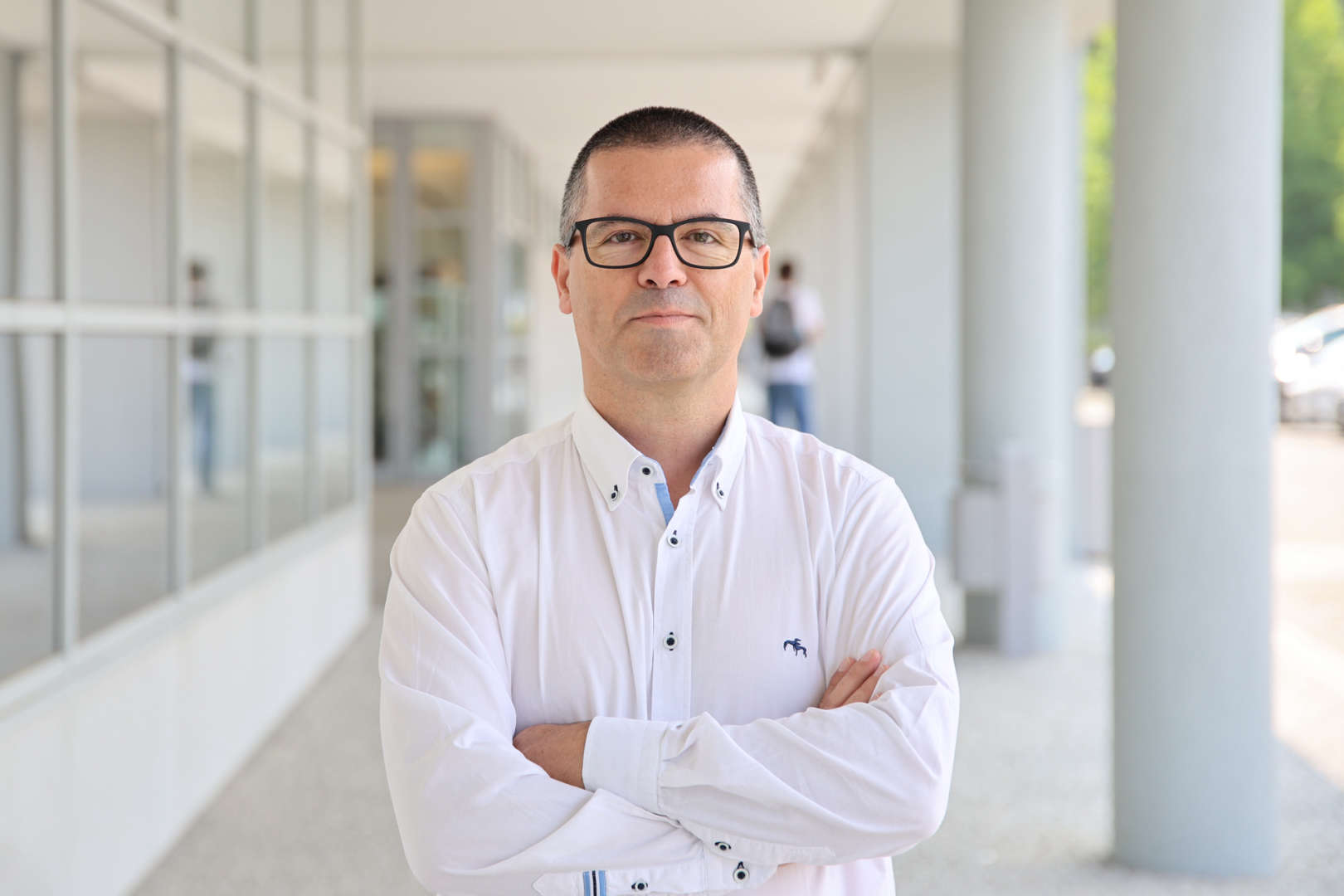Sobre
Manuel F. Silva nasceu a 11 de abril de 1970. Obteve os graus de Licenciado, Mestre e Doutor em Engenharia Eletrotécnica e de Computadores pela Faculdade de Engenharia da Universidade do Porto, em 1993, 1997 e 2005, respetivamente. Atualmente é Professor Coordenador no Departamento de Engenharia Eletrotécnica do Instituto Superior de Engenharia do Porto e Investigador Principal do Centro de Robótica na Indústria e Sistemas Inteligentes do INESC TEC. É autor de mais de 150 publicações em revistas e conferências internacionais e tem estado envolvido em vários projetos de I&D. Também tem estado ativamente envolvido na organização de várias conferências internacionais, integra a equipa de gestão da Associação CLAWAR e foi Presidente da Sociedade Portuguesa de Robótica. Os seus interesses de investigação centram-se em modelação, simulação, robótica industrial, robótica móvel, robótica de inspiração biológica e educação em engenharia.


